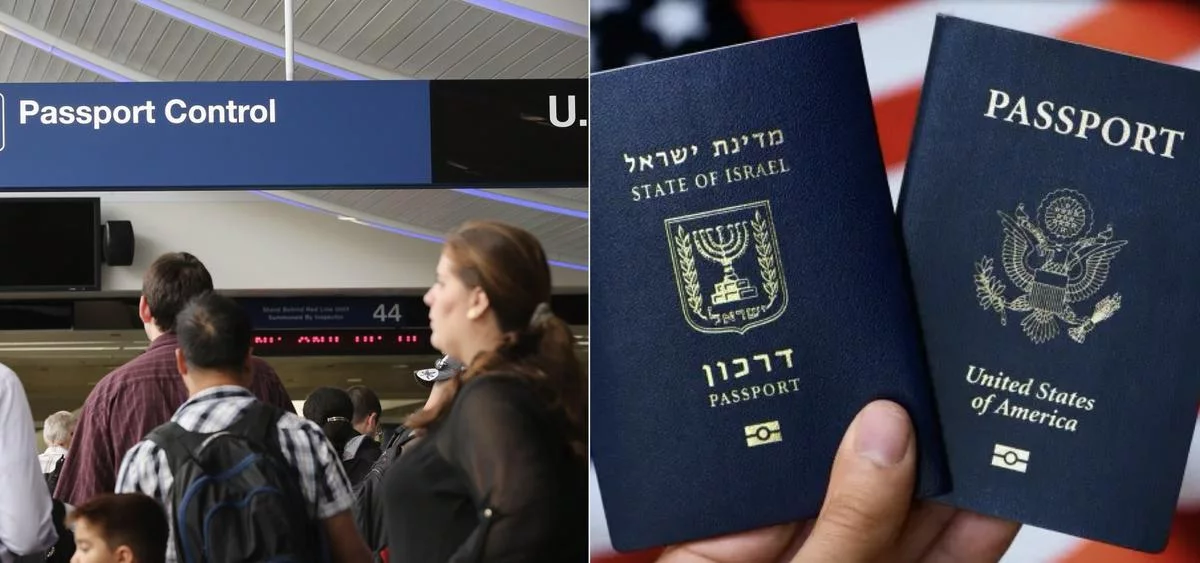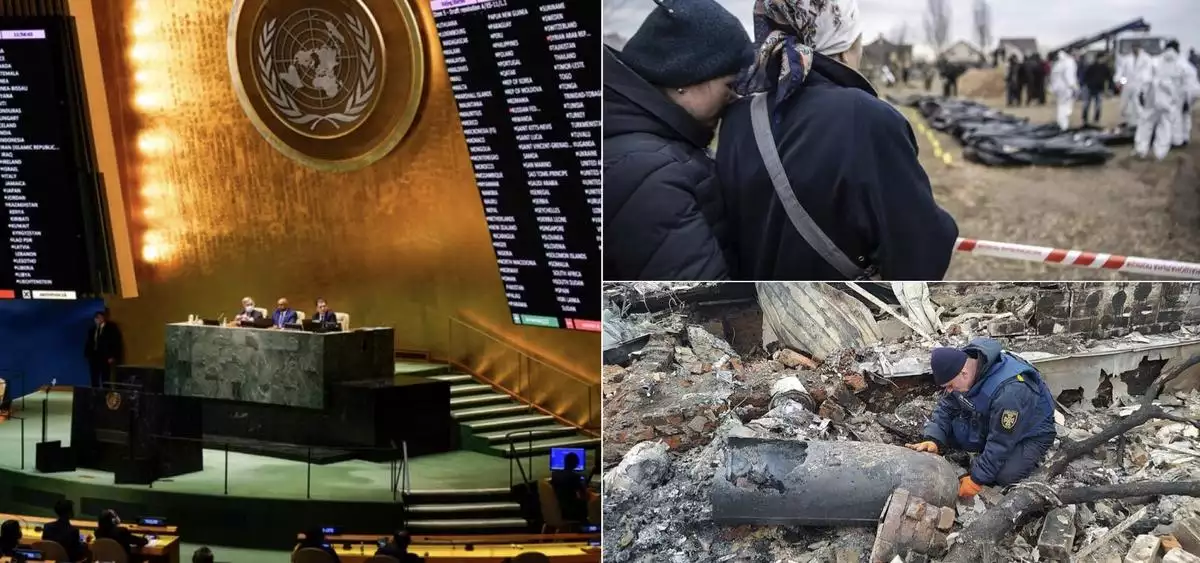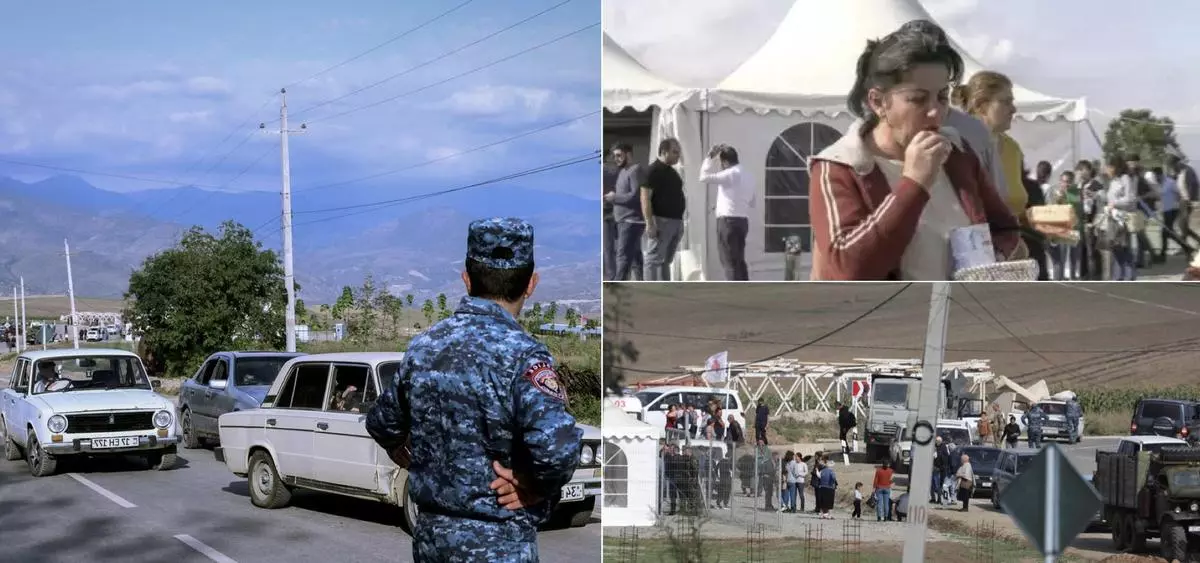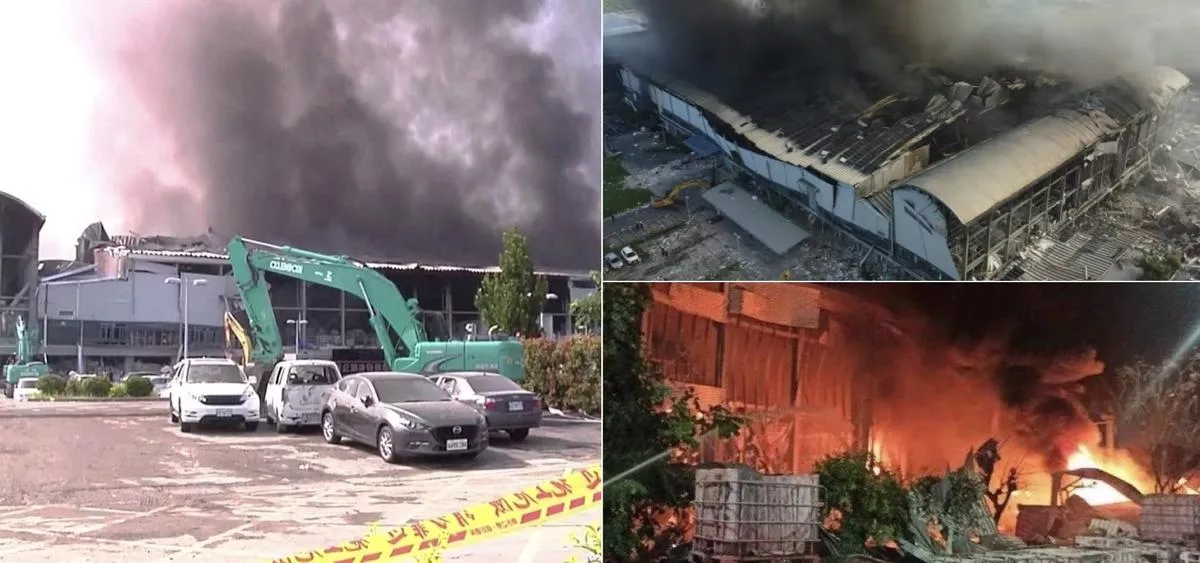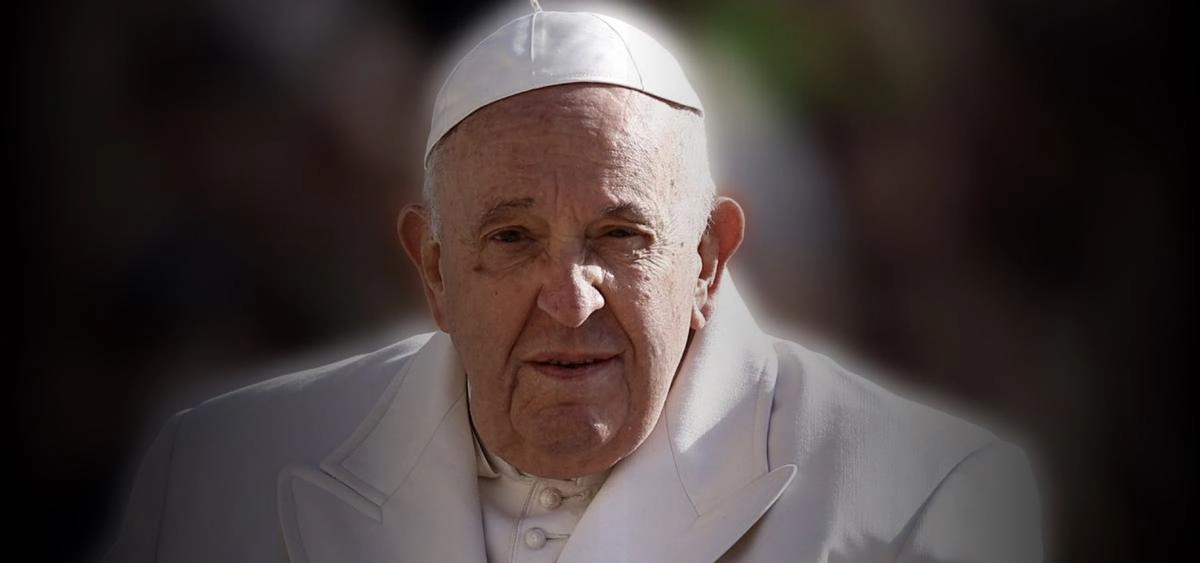The catastrophic collapse of the Kakhovka Dam in southern Ukraine has resulted in widespread devastation, displacement of residents, and escalating tensions between Ukraine and Russia.
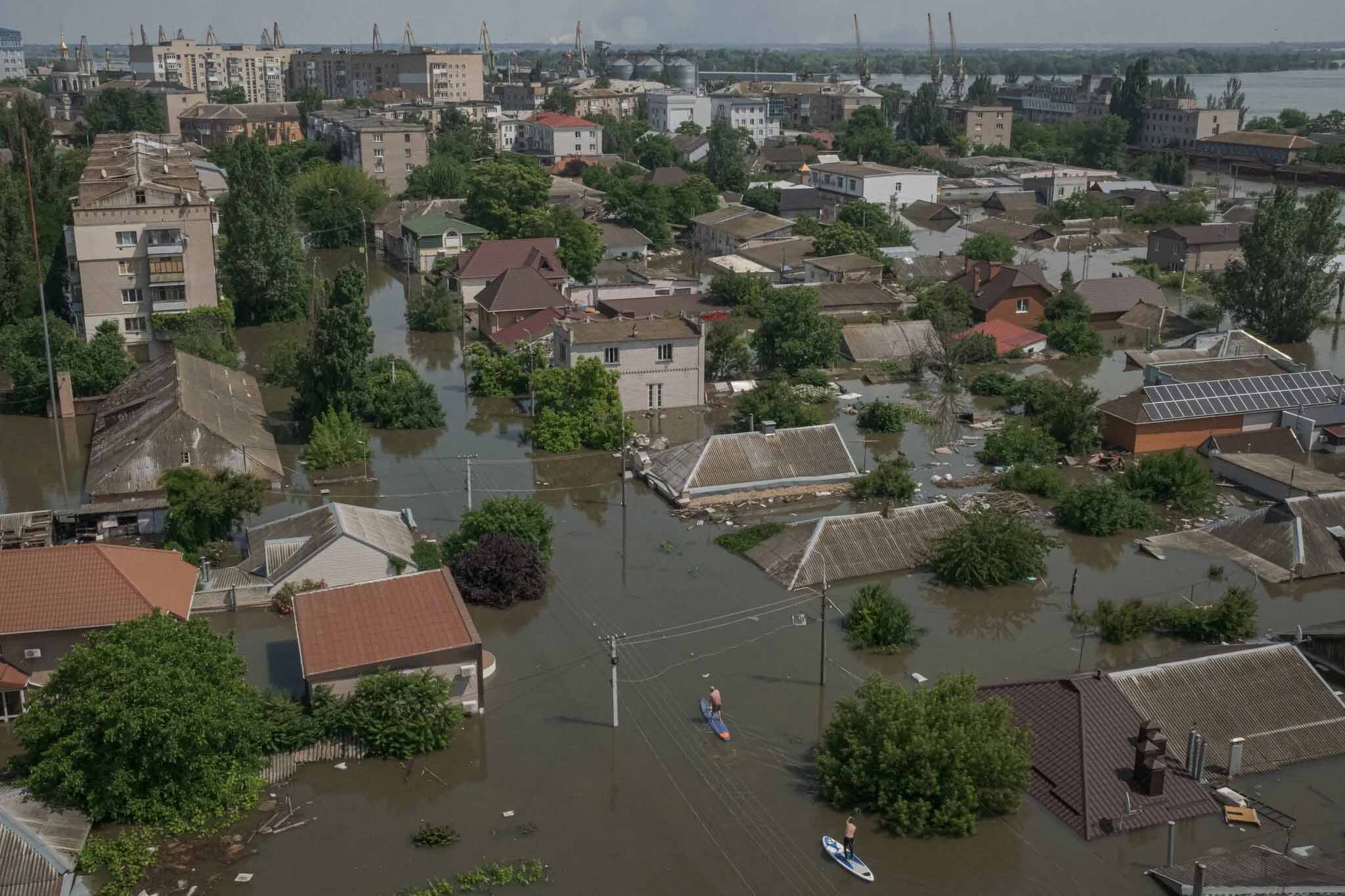
Photo Credit: Twitter
Less than a week ago, the Kakhovka Dam, situated on the frontline between warring factions in southern Ukraine, suffered a catastrophic collapse following a series of explosions. The dam, which was under Russian control at the time, unleashed an immense volume of water from its reservoir, resulting in widespread destruction downstream. The Ukrainian government holds Russia responsible for the disaster, while Russia claims that Ukrainian attacks caused the dam’s destruction. As rescue efforts unfolded amidst the ongoing conflict, both sides accused each other of shelling the Kherson region. The incident has led to casualties, displacement, and concerns over water-related diseases.
Russia is mining the floodgates at the occupied hydroelectric power plant and blowing up the Kakhovka dam. This is an axiom. Dozens of villages and towns go under water. Animals die. People sit on the roofs of houses and beg for help. An environmental disaster. Devastating damage… pic.twitter.com/T1vePWsXbC
— Михайло Подоляк (@Podolyak_M) June 7, 2023
During the evacuation, a sad incident happened when Russia allegedly assaulted a boat carrying evacuees from the flooded Kherson region, killing three people. The boat was apparently targeted by Russian forces, who shelled it, killing a 74-year-old man who was attempting to save a lady from gunfire. During the incident, two police officers were also hurt. The dam failure has inundated extensive regions on both sides of the Dnipro River, forcing thousands of people to flee.
Ukraine accuses Russia of intentionally destroying the Kakhovka Dam, located within Russian-controlled territory, while Russia denies these allegations and blames Ukraine for the dam’s destruction. The exact cause of the dam breach has yet to be verified. The flooding has severely impacted the eastern bank of the Dnipro River, with numerous distress calls from residents requesting rescue assistance. Ukrainian military forces and volunteers have been coordinating rescue efforts, but they have faced risks, including Russian gunfire targeting those involved in the evacuations.
Russia blew up Ukraine’s Kakhovka dam wrecking havoc on civilians and the environment downstream on the Dnipro river. Russia’s army was squandered in Ukraine, so it chose to employ water as a weapon. However, this will only increase Ukraine's resolve to drive them off our soil. pic.twitter.com/agdy6ykyhG
— Ukraine / Україна (@Ukraine) June 6, 2023
Apart from the immediate human impact, the flooded areas face significant challenges in terms of public health and water access. Thousands of homes remain flooded, and tens of thousands of people have lost access to clean drinking water. Concerns have been raised regarding the potential spread of infectious diseases due to polluted waters. The United Kingdom’s defense ministry has highlighted the sanitation crisis and increased risk of waterborne illnesses. Kherson, one of the heavily affected cities, has implemented restrictions on using river water to prevent the spread of infections.
The destruction of the Kakhovka Dam has also disrupted water supplies to Crimea, which was annexed by Russia in 2014. The North Crimean Canal, which draws water from the reservoir behind the dam, now faces a severe reduction in supply. The falling water levels have raised concerns about water scarcity in Crimea. While the responsible party for the dam’s destruction remains unknown, it is believed that the disruption of the waterway was strategically motivated to impede Ukraine’s military plans.
Against this backdrop, Ukraine has launched a long-anticipated counteroffensive against Russia. President Volodymyr Zelensky confirmed the commencement of defensive and counteroffensive actions, reporting advances by Ukrainian troops in the eastern and southern regions. Ukrainian forces have also conducted long-range strikes on Russian targets. Zelensky’s announcement coincided with the release of captive soldiers by both sides, indicating a potential shift in the conflict dynamics.
During his visit to Ukraine, Canadian Prime Minister Justin Trudeau committed significant support, including $375 million in new military aid and $7.5 million in humanitarian relief in response to the flooding catastrophe. Trudeau described the dam’s failure as a direct result of Russia’s ongoing conflict in Ukraine.
The Kakhovka Dam’s destruction has caused significant damage, loss of life, and heightened tensions between Ukraine and Russia. The flood’s aftermath presents immense challenges in terms of public health, water scarcity, and environmental consequences. As the conflict persists and both sides continue to exchange accusations, the situation remains fluid and unpredictable, impacting lives.
Stay connected with Today On Globe for the latest Global Issues and News Updates.
Explore more related articles at [TOG News / TOG Article]




